Indicators & Caliper Gauges
About Indicators & Caliper Gauges
Precision measuring instruments from the world's leading manufacturers in their industry are available in this section. Browse over one hundred products and if you have any questions please get in touch.
- Digital Indicators - view diverse parameters such as temperature, humidity, vibration, normalized signals, etc
- Dial Indicators - primarily used for measuring gauges and fixtures
- Lever Indicators - probe surfaces that cannot be reached with a normal dial gauge
- Material Thickness Gauges & Calipers - quickly and easily measure the thickness of a material
- Coating Thickness Gauges - measure bounce back time to provide a clear readout of thickness
- Indicator Accessories - plates, bases, lifting levers, extension rods, spanners, points, and much more
Popular Products
-
Mitutoyo Series 543 Absolute Digital Indicator: These economical, easy-to-use, entry-level models have basic functions, an ABSOLUTE sensor, and a large, easy-to-read LCD with a digit height of 8.5mm. The battery provides 20,000 hours of continuous use.
-
Mitutoyo Series 2 Long Stroke Dial Indicator: The Series 2 Long Stroke Dial Indicators have an outer frame diameter of 57mm and an O-ring, with high-strength, quench-hardened stainless steel used for the stems and plungers. Metric and imperial versions are available.
-
Mitutoyo Series 513 Horizontal Dial Test Indicator: The indicators cater to applications involving shrouded surfaces that cannot be accessed using conventional dial indicators. Low-friction jewelled bearings ensure high sensitivity and quick response.
-
Mitutoyo Series 700 Absolute AOS Thickness Gauge: A lightweight, palm-sized thickness gauge that supports metric and imperial measurements between 0 and 12.7mm / 0 and 0.5”.
-
Extech CG204 Coating and Paint Thickness Tester: Quickly evaluate the level of coating currently applied to an application. This gauge is ideal for testing the thickness of the paint on cars and is suitable for ferrous and non-ferrous substrates. It can store up to 400 readings and has user-programmable alarms.
-
Micronics TM 8812 Ultrasonic Thickness Gauge: A lightweight, pocket-sized instrument that measures the internal diameter of pipework in current installations. It has a range of 0.05 ~ 9.0" (1.2 ~ 225mm), a built-in calibration test plate, a resolution of 0.001" (0.1mm), and an accuracy ± 0.5%n + 0.1.
-
Sauter TC 1250-0.1FN Combination Coating Thickness Gauge: This device tests the coating thickness of magnetic metals such as steel and iron and the thickness of insulating coatings on non-magnetic metals. It can measure a range of 100 to 1250µm and in selectable units of µm and inch (mil).
-
Mitutoyo 21EZA150 Spindle Lifting Knob: Designed for use with the Series 543 ABSOLUTE Digimatic Indicators, this instrument enables spindle adjustment from the top of the indicator, eliminating the need to handle the spindle directly. Explore our range of additional accessories.
FAQs
-
Can digital indicators be connected to a data logging system, and how?
Digital indicators can connect to data logging systems for automated data collection and analysis. They typically connect through a USB or an RS-232 serial port or wireless options like Bluetooth and Wi-Fi. Compatible software is required to interpret the data from the indicator. -
What should I consider when selecting a digital indicator for precision engineering?
Consider measurement range, accuracy, and resolution when determining the most suitable indicator for your project. Battery life is crucial when out in the field, while the display is another important factor. Features require an evaluation while keeping your budget in mind. -
How do you set up a dial indicator to measure runout or flatness?
Securely mount your indicator to a stable base and set the dial to zero. For runout, place the contact point on the surface of the rotating part, rotate the workpiece, and record the maximum and minimum readings. For flatness, position the contact point on a known reference and measure at various points across the surface using a grid pattern. Analyze the readings to assess flatness, noting the highest variation as the deviation. -
What is the difference between balanced and continuous dials?
Balanced dials have graduations representing equal increments around the dial face. Continuous dials have a single pointer that rotates without stopping. Balanced dials are ideal for symmetrical tolerance measurements, while continuous dials are better for ongoing measurement needs. -
What are lever indicators used for?
Lever indicators measure differences in flatness, alignment, and runout. They help align machine tools, check the roundness of cylindrical items, and ensure that the machining processes are accurate. -
How do you correctly align a lever indicator for the most accurate reading?
Position the lever arm as close to perpendicular to the surface as possible. The tip should barely touch the surface without bending the arm. Calibrate the indicator to zero on a known reference surface before you start, and make sure that what you're measuring moves parallel to the lever's path to keep things accurate. -
What is the difference between an ultrasonic thickness gauge and a mechanical one?
Ultrasonic gauges use sound waves for non-destructive measurements from one side. Mechanical gauges require direct contact and access to both sides. Ultrasonic gauges are suitable for one-sided access, while mechanical gauges are suited for two-sided measurements. -
What features should I look for in a material thickness gauge for non-destructive testing?
Features like high accuracy, digital or LCD for easy reading, and ultrasonic technology for single-sided access. A broad measurement range and high resolution to capture fine details and consider portability for field use, ease of use, and compatibility with data logging systems for recording and analyzing measurements. -
What is the best way to measure coating thickness on uneven surfaces?
An ultrasonic thickness gauge is the best way to measure coating thickness on uneven surfaces. They can manage surface irregularities and don't require a smooth surface. Additionally, raising the low range value to not more than half the expected coating thickness and using the gauge's memory function to average a series of measurements can help obtain meaningful results. -
How do I choose between magnetic and eddy current coating thickness gauges?
Substrate and coating types determine what instrument is required. Magnetic gauges work best on ferrous materials, measuring non-magnetic coatings, while eddy current gauges are ideal for non-ferrous materials.


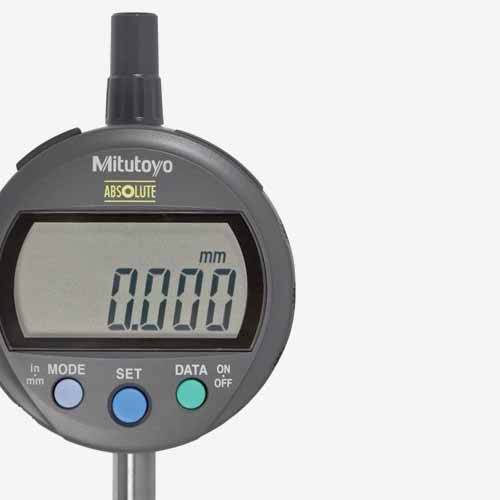 Digital Indicators
Digital Indicators
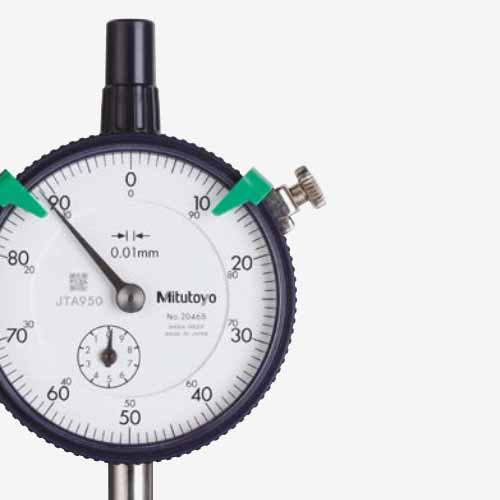 Dial Indicators
Dial Indicators
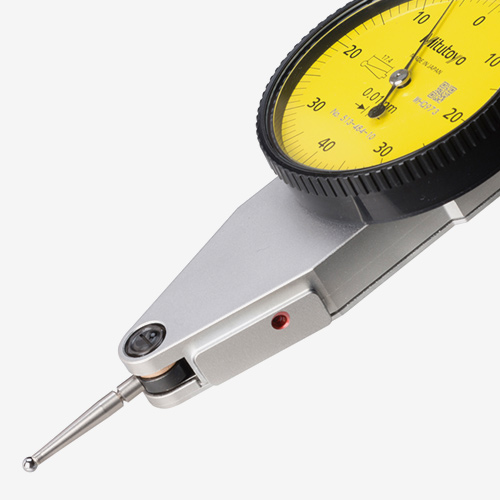 Lever Indicators
Lever Indicators
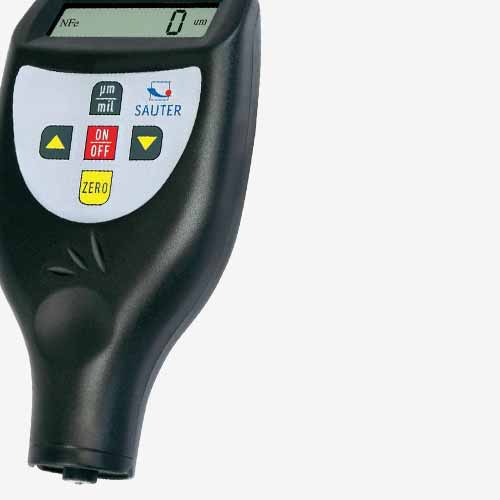 Coating Thickness Gauges
Coating Thickness Gauges
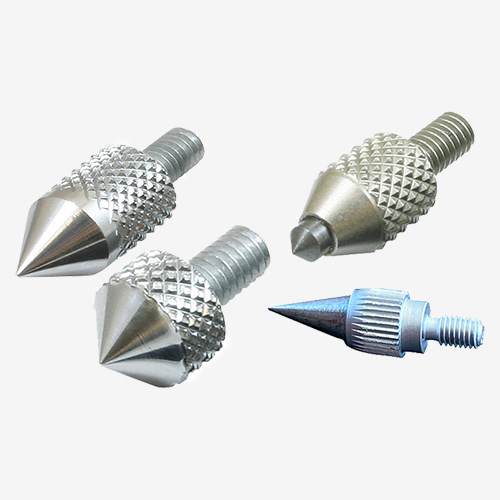 Indicator Accessories
Indicator Accessories
